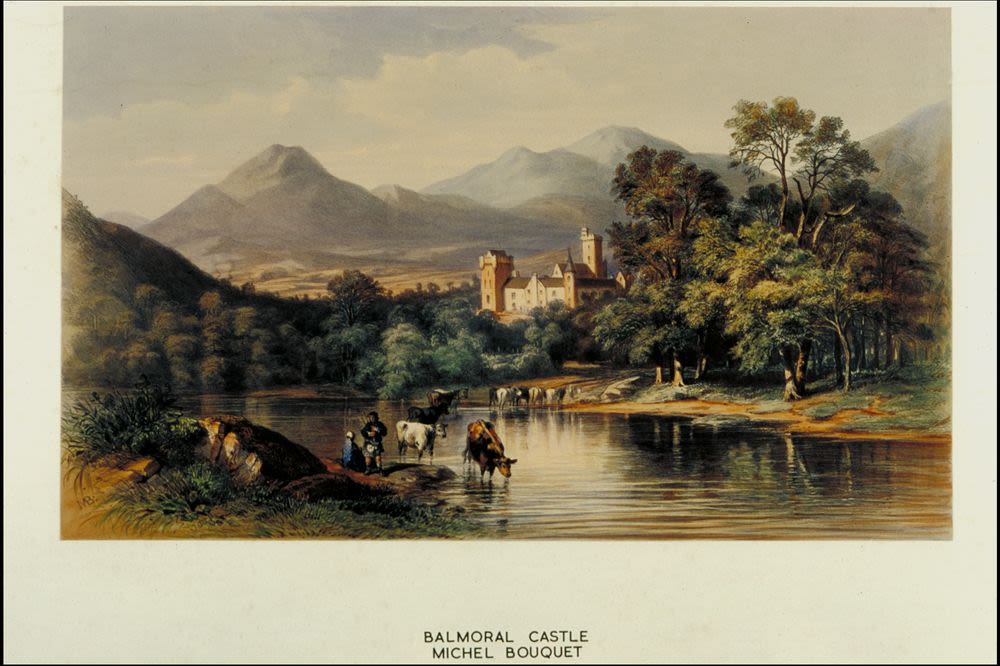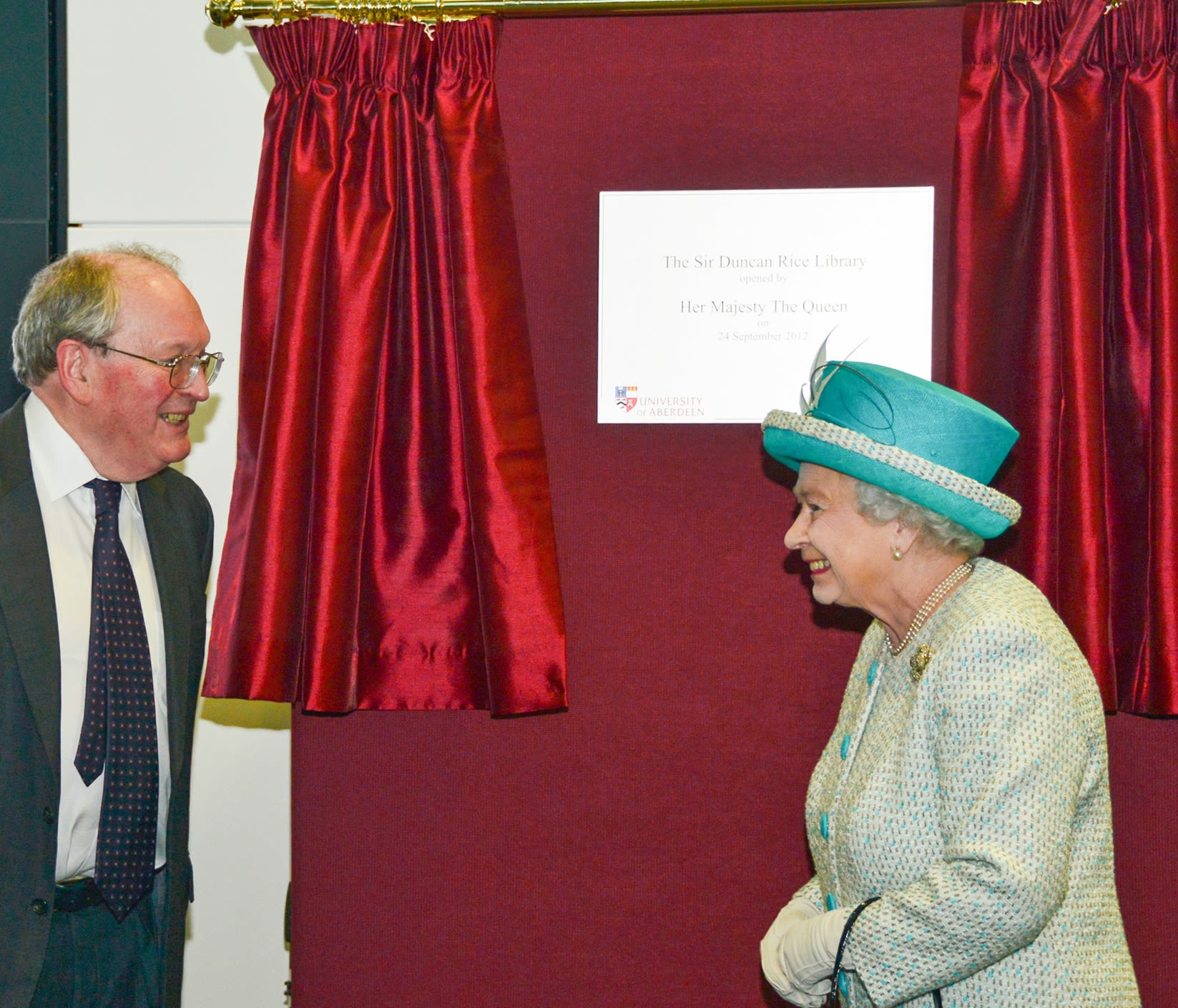A special relationship bound by historic ties and an affection for the region
On the death of Her Majesty The Queen we reflect on the unique connections the University enjoyed with her over her long reign
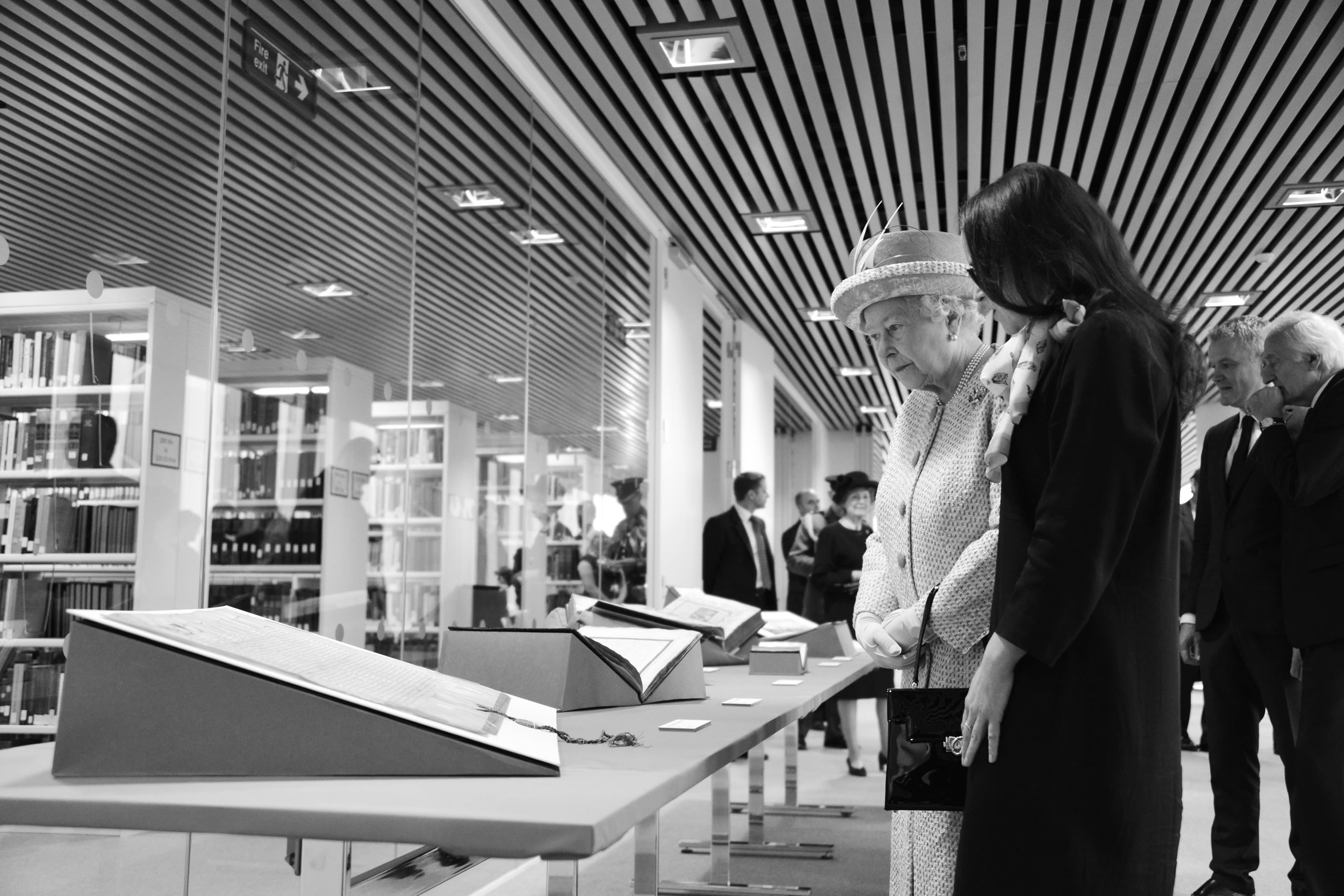
From its earliest beginnings, the University of Aberdeen enjoyed close Royal connections.
The University’s first collegiate body came to be known as King’s College in tribute to the crucial role King James IV played in the establishment of a university in north-east Scotland in 1495.
In more recent centuries the location of Balmoral Castle has enabled staff and students to participate in a range of high-profile Royal occasions and has provided a global platform for their voices. It also brought them face-to-face with the Queen in more informal settings and without the pomp and ceremony that might be expected.
As the world processes the news of her passing, we reflect on the unique connections which not only shaped the development of the University but provided opportunities for our community throughout the many decades of Her Majesty’s reign and which will be long remembered with great affection.
Pencil drawing and watercolour painting landscape, view of Balmoral Castle and the mountains from across the river with people and cows at the river edges, held in the University archives
Pencil drawing and watercolour painting landscape, view of Balmoral Castle and the mountains from across the river with people and cows at the river edges, held in the University archives
A royal foundation
As an ancient university, Aberdeen belongs to the Privileged Bodies of the United Kingdom, a group of institutions and corporations which enjoy the historic right to present a Loyal Address to the Sovereign in person.
The University’s Special Collections show that the very first address to Her Majesty The Queen was on 21 May 1952, a year before her Coronation.
Delivered by Chancellor Thomas Johnstone, it was said: ‘In this northern land, which is well known to Your Majesty, we are not unmindful of the historic ties which have bound our University to your Royal House since the time when Your Majesty’s ancestor, King James IV, gave his name to the King’s College of Aberdeen.’
In response, Her Majesty wrote: ‘The part of Scotland which the University serves is firmly established in my affections, and I gladly assure you of my intention to continue the interest which my family has always taken in your work.’
In line with this commitment, the Queen made a number of official visits to the University spanning the decades of her reign.
In 1960 she opened the University's first hall of residence and in 1995 her visit was a cornerstone of celebrations to mark the 500th anniversary of our foundation.
She unveiled a plaque at the site of the new £25m Institute of Medical Sciences building before joining staff and students at King’s College for Quincentenary events.
Her Majesty returned in 2002 as part of her Golden Jubilee tour when a special sitting of the Scottish Parliament was held in the University’s King’s Conference Centre.
It was the first time a head of state had addressed the parliament while it was in session.
Her last official engagement at the University was to open the Sir Duncan Rice Library in 2012 when she was joined by the Duke of Edinburgh.
She was shown the Aberdeen Bestiary, one of the finest surviving examples of a medieval illuminated manuscript which has been in the care of the University of Aberdeen for almost 400 years. It was first created in England around 1200 and was once held in the library of King Henry VIII.
For many staff it is a day that will forever be etched in their memories as a highlight of their time at the University.
Hayley Moncur, of the University of Aberdeen Development Trust, was tasked with supporting those who had made philanthropic contributions to the library, many who had travelled from across the world to witness the occasion.
But it was a special family moment as well as a high point of her University career for Hayley. She explains: “The atmosphere in the Library when the Queen and His Royal Highness the Duke of Edinburgh arrived was amazing, people went very quiet and all eyes were on them.
“The weather had turned quite dramatically but it didn’t deter the hundreds of students, staff and members of the community who stood out in the rain to welcome the Queen.
“Among them were children and teachers from the Rocking Horse nursery all waving their flags and this mini congregation included my own son Henry who was then just a toddler.
“The children from the Rocking Horse were beckoned inside to shelter and so it was a really special moment as I was able to share the experience with him. Her Majesty really took the time to speak to and engage with all those presented to her for their contribution in bringing the library project together.
“Having the Queen open such a landmark building is something we will always remember in the same way I know my predecessors spoke fondly of her visit to open the Parliament in 2002 and before that for our Quincentenary celebrations. They are special moments that will be long treasured.”
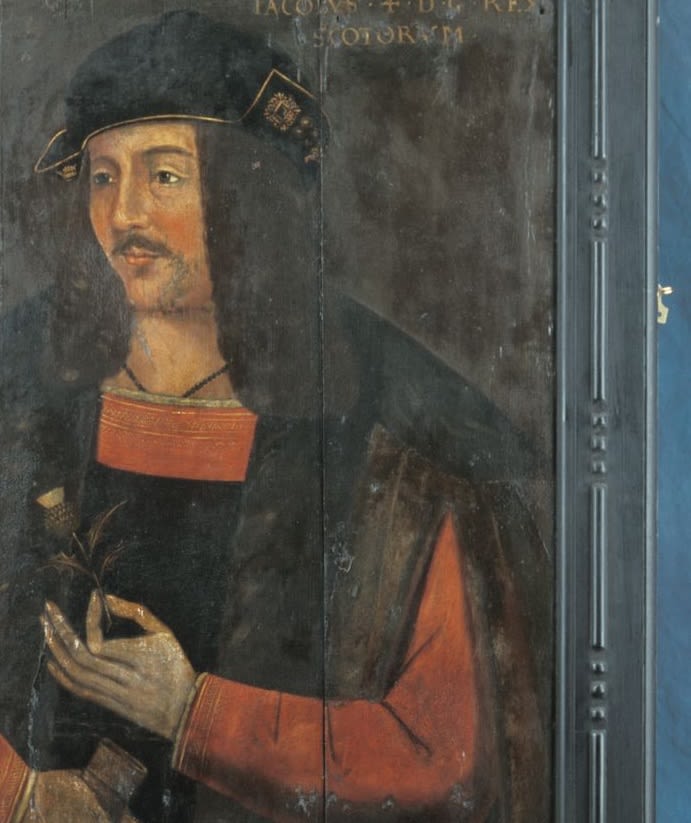
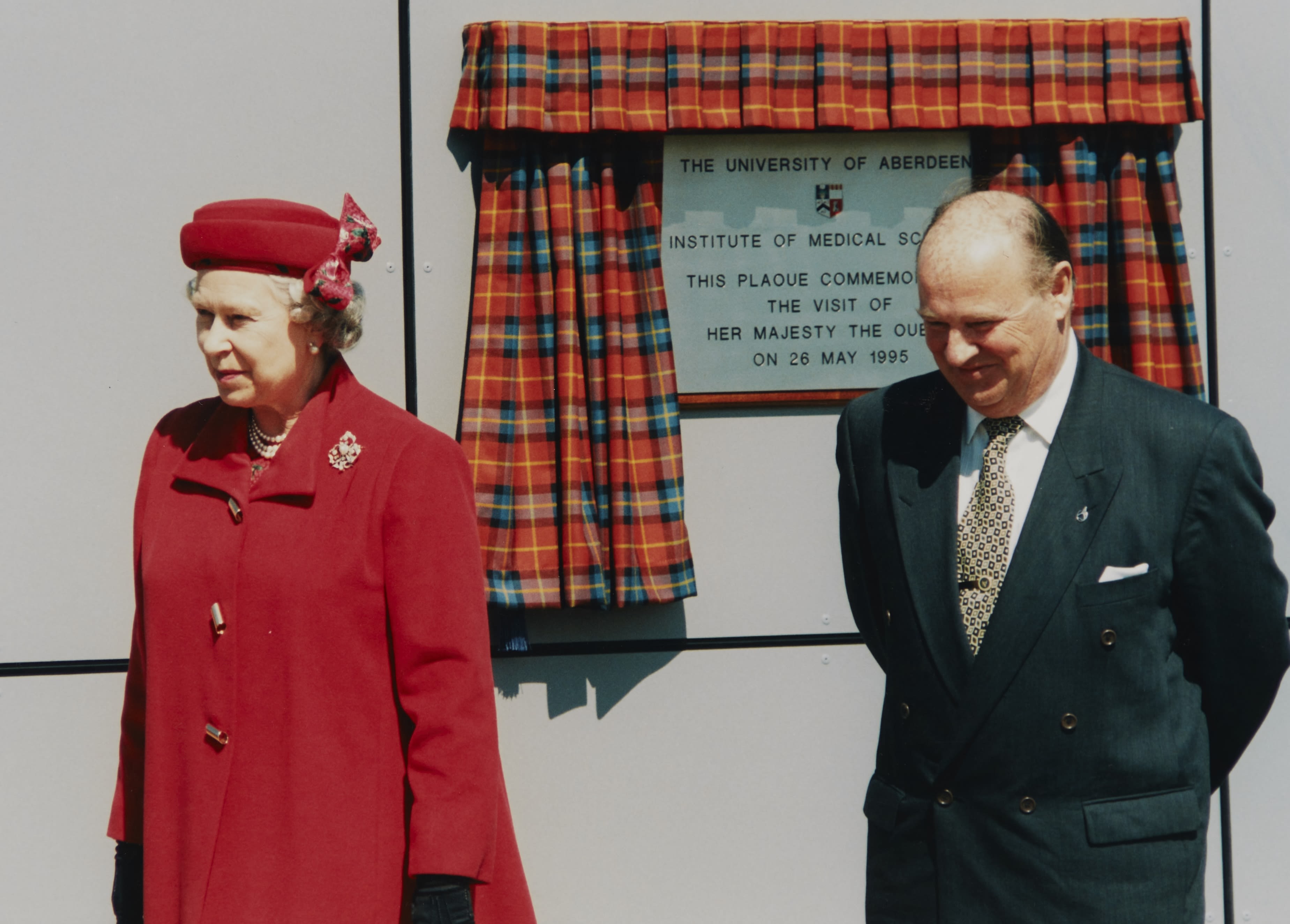
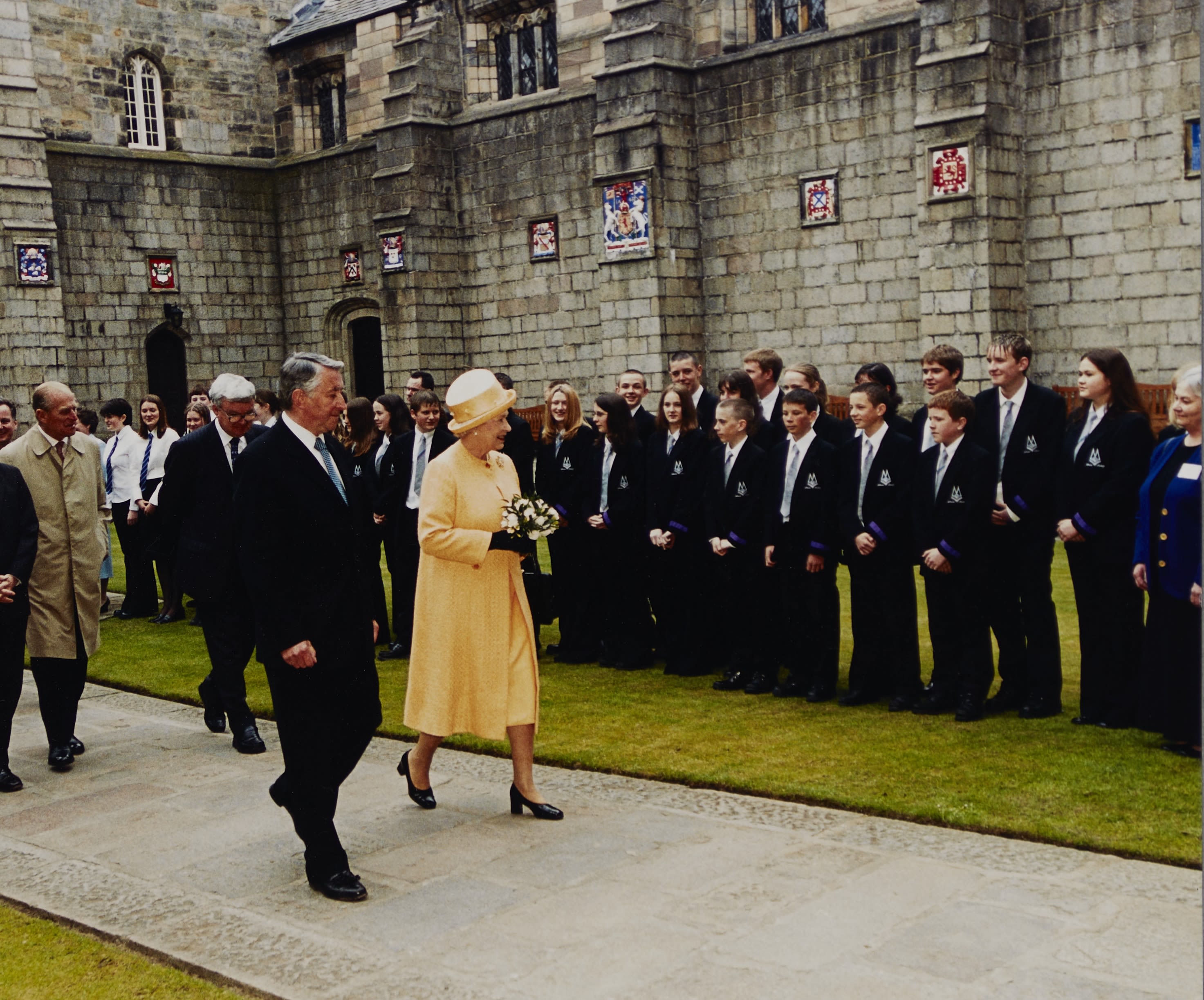
Her Majesty with former University Principal and Vice-Chancellor Sir Duncan Rice as she opened the library named in his honour
Her Majesty with former University Principal and Vice-Chancellor Sir Duncan Rice as she opened the library named in his honour
From formality to familiarity
Documents in the archives show that the first invitation for the University to address Her Majesty The Queen in 1952 ahead of her coronation was a very formal affair.
Those attending Buckingham Palace were instructed to wear academic or municipal robes, or formal morning dress.
But with the Queen a frequent visitor to her residence at Balmoral in Aberdeenshire, University staff and students enjoyed unique opportunities in more informal settings, and without the expected pomp and ceremony.
University musicians performed for her on many occasions and PhD student James Aburn reflects on a rare opportunity enjoyed by the choir - singing the National Anthem directly to the monarch.
James first came to the University from his home in Kent in 2014 to study for a music degree and in his second year was successful in his audition to join the University’s highly regarded choir.
Such was the reputation that the singers had established, they were frequently invited to perform on Royal occasions.
These included slots as the visiting choir at Crathie Kirk where the Queen attended regular Sunday service when staying at Balmoral.
James said: “When I first heard we were to perform at Crathie, I was expecting a very formal event. I’d seen images of her leaving the Church before often accompanied by Prime Ministers of Heads of State.
“But when we arrived, it was all treated very much like normal Sunday worship.
“We’d assumed that there would be something to announce her arrival but all of a sudden she was just a few feet away from us.
“I’d never considered how strange it would feel to sing the national Anthem right in front of the Queen until we were in that position. It was only after the service that I was able to reflect and realise what a unique honour it was to be a part of such an occasion, singing the national anthem directly to the Queen.”
Professor Paul Mealor, a former conductor of the choir whose music has been performed at a range of high-profile events including the wedding of the Duke and Duchess of Cambridge, recalls the delight of students telling him of the success of another visit to Buckingham Palace.
“Around 70 of our singers and musicians were invited down to London as part of birthday celebrations to mark the 10th anniversary of Dumfries House being saved for the nation”, he adds.
“They performed in the spectacular Throne Room but they told me afterwards that another highlight of their day had come from the allocation of a room in which to prepare that happened to overlook the Palace courtyard.
“They were relaxing before the performance when they noticed a car pull up to take the Queen to the state opening of parliament. Soon there were dozens of student faces pushed against the glass and several were bold enough to wave to her. They got quite a surprise to see her waving back.
“Because they were there for several hours and so also witnessed her return and then head out again – having changed in record speed – to go to Royal Ascot. The students were amazed at her schedule and that she waved not once but three times to the assembled group of Aberdeen faces as she came and went.”
They performed a range of Scottish music including pieces written by then Aberdeen students John Frederick Hudson and Sarah Rimkus, who have both have since graduated with PhDs and established global reputations as composers.
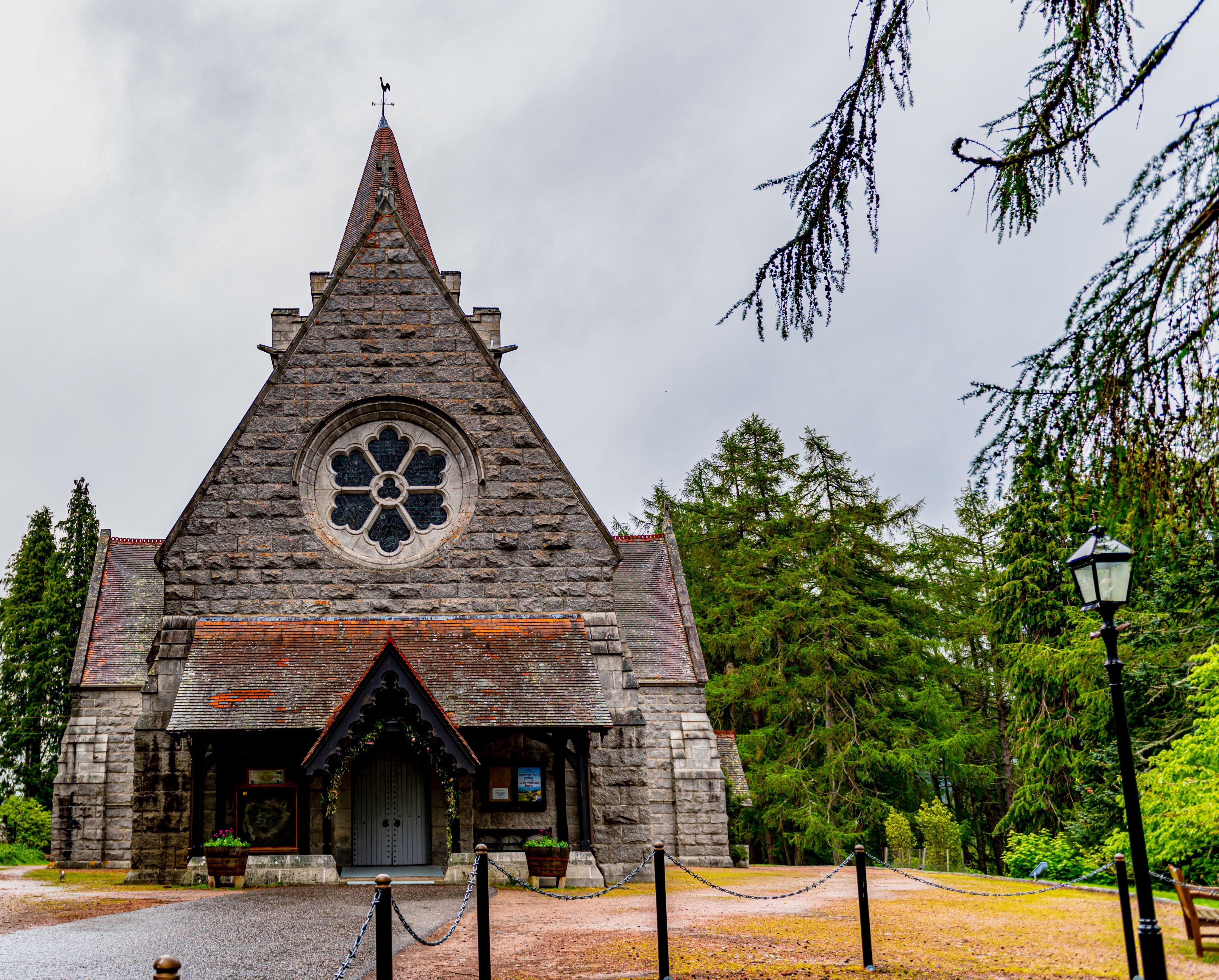
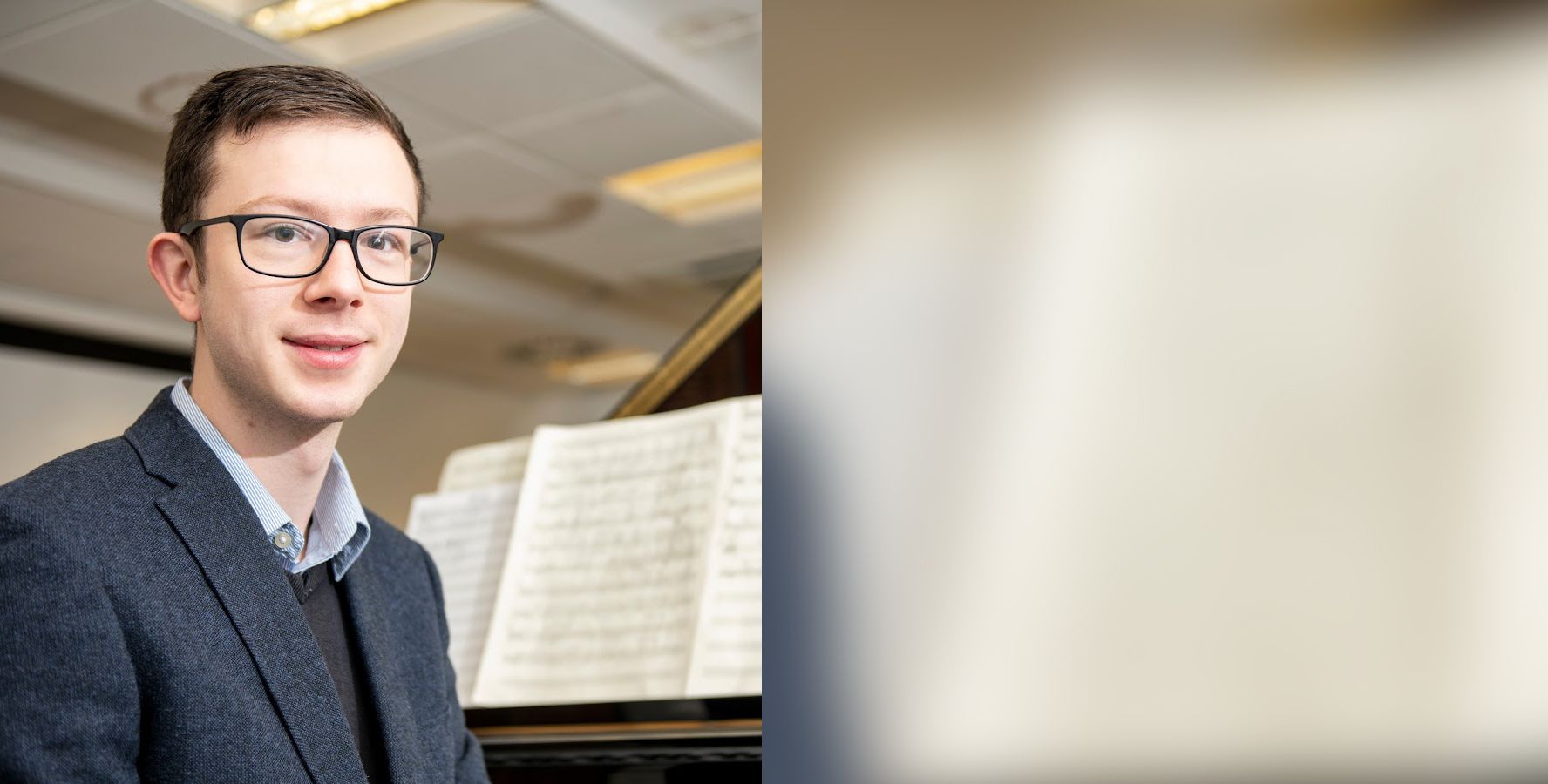

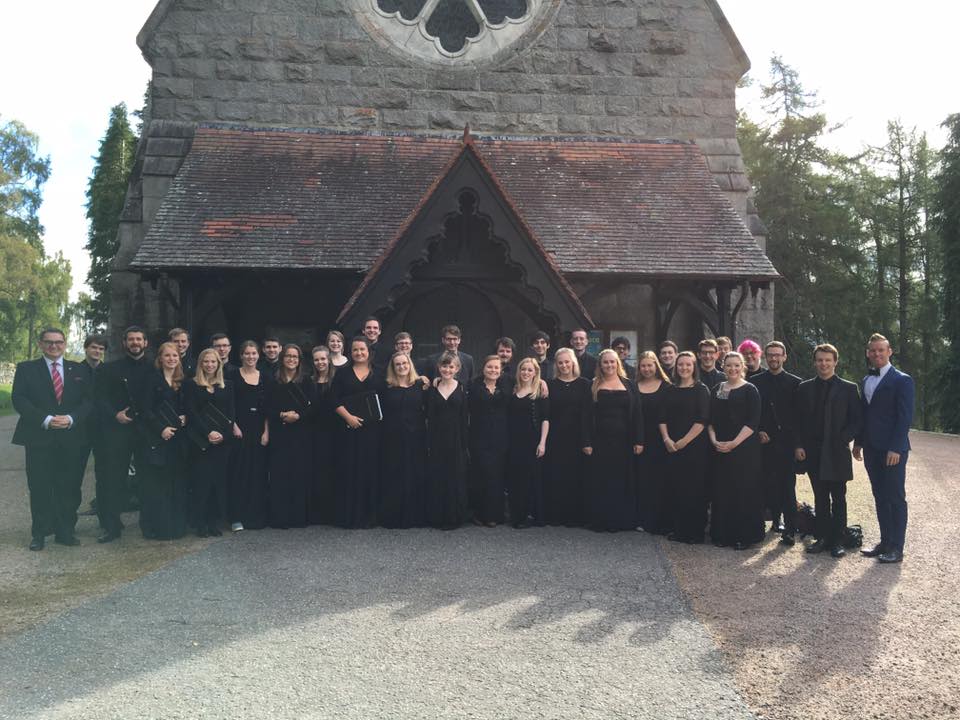
A lasting impact on the University community
Professor Mealor says the support of her Majesty the Queen for University work, and particularly University music, will live on.
“You cannot underestimate the impact of performing for such an important historical figure, who has a keen interest in music and has met some of the finest composers of our time,” he adds.
“There probably isn’t a choir outside of the Royal palaces – and certainly not a student choir – that enjoyed so many opportunities to be part of so important celebrations, many attended by Her Majesty.
“Seeing your talents acknowledged by the Queen is a real boost to confidence and it was wonderful to see the reactions of the choir and the positive benefits it had on the development of our students.
“Her first formal words to the University back in 1952 were that she would continue the interest of her family in our work and that is certainly something she fulfilled during her reign.
“Her presence, poise and commitment to public duty have been truly inspirational and she will never be forgotten.”
Professor George Boyne, Principal and Vice-Chancellor of the University has led tributes from the University and offered his condolences to the Royal family and University Chancellor, formerly known as Her Royal Highness the Duchess of Rothesay and now the Queen Consort.
He said: “Many at the University have cherished memories of being in attendance when The Queen, along with His Royal Highness Prince Philip, spent time meeting our staff and students at the opening of the Sir Duncan Rice Library in September 2012.
“Her Majesty’s links to the north-east of Scotland are well known through the many happy times she spent at Balmoral, and this connection means she holds a special place in the hearts of many in our University community, and the local areas more widely.
“Our thoughts and best wishes are with the Royal Family at this sad time.”

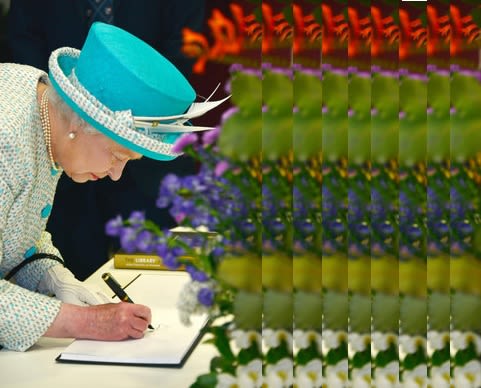
Professor Iain Torrance, the University’s Pro-Chancellor:
“No Sovereign in our history has reigned for so long or presided over such fundamental changes in both domestic affairs and in our international relations. No Sovereign has been so steadfastly committed to service, so consistently gracious both in good times and in demanding ones. She will be very greatly missed and never forgotten.”


